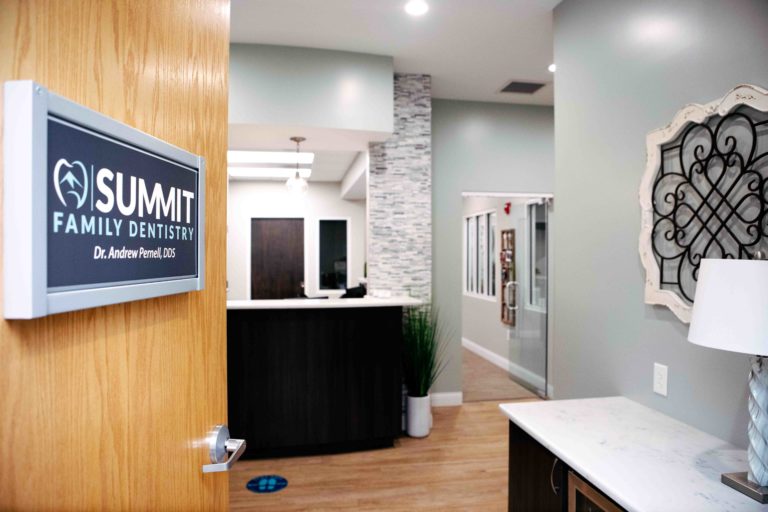Sedation: Making Your Dental Procedure as Comfortable as Possible
As we age, we come to realize that several things we disliked during childhood were, in fact, beneficial for us. Occasionally, we even develop a fondness for some of those things, like vegetables or going to bed early. However, let’s face it – there are times when we empathize with an irate eight-year-old throwing a tantrum in the dentist’s waiting area. Dental visits rarely end up being anyone’s favorite thing to do!
Although visiting the dentist may not scare everyone, for some individuals, the thought of a dental appointment can be stressful and uneasy. In fact, around 15% of Americans feel so anxious about going to the dentist that they opt to avoid it altogether – unfortunately, this can have negative consequences for their oral health. Delaying or skipping dental visits can cause minor dental problems to escalate into more complex and painful issues.
At Summit Family Dentistry, we acknowledge that visiting us might seem daunting, and we strive to ensure that your experience is as stress-free as possible. We offer several ways to make you feel welcome in our office, and one of them is our ability to minimize discomfort during most procedures using modern medical technology.
Usually, a local anesthetic is enough to manage your pain. However, for some people pain isn’t the only concern. Patients who suffer from anxiety, for example, may be concerned the discomfort of a procedure will cause elevated anxiety. If that’s the case for you, don’t worry! Sedation can make your visit a breeze!
Controlling Dental Pain: Local Anesthesia vs. General Anesthesia vs. Sedation
Dentists use three primary methods to manage patients’ pain and stress during procedures:
- Local anesthesia: numbs the immediate area being worked on
- General anesthesia: makes you unconscious for the duration
- Sedative medication: calms you – dentists can choose different levels of sedative
Local anesthesia is applied using a swab or syringe to the targeted skin or muscle area. For some sedatives, a needle or catheter is used to inject them into the patient’s bloodstream. Unlike general anesthesia that renders the patient entirely unconscious and necessitates assistance with breathing and heartbeat, sedatives leave the patient in a semi-conscious state. Consequently, the patient can respond to verbal instructions and doesn’t require close monitoring.
Many sedatives leave the patient with no memory of the procedure, so they don’t have to worry they will have traumatic memories of the procedure. A combination of local anesthesia and sedative medication makes a patient’s experience both painless and more emotionally comfortable.
Oral sedatives (by mouth) often simply calm a person’s nerves a bit. These sedatives leave the patient fully conscious but help them relax during the dental procedure.
The type of sedation a dentist uses depends on individual needs of each patient.
Going to the dentist may not ever be one of your favorite things, but at Summit Family Dentistry we have ways (including sedation) to ensure your dental visit is as comfortable as possible. If you have questions about how we can accommodate you during your visit, or if you have specific questions about any procedure, give us a call and we’ll be happy to ease your anxiety!


